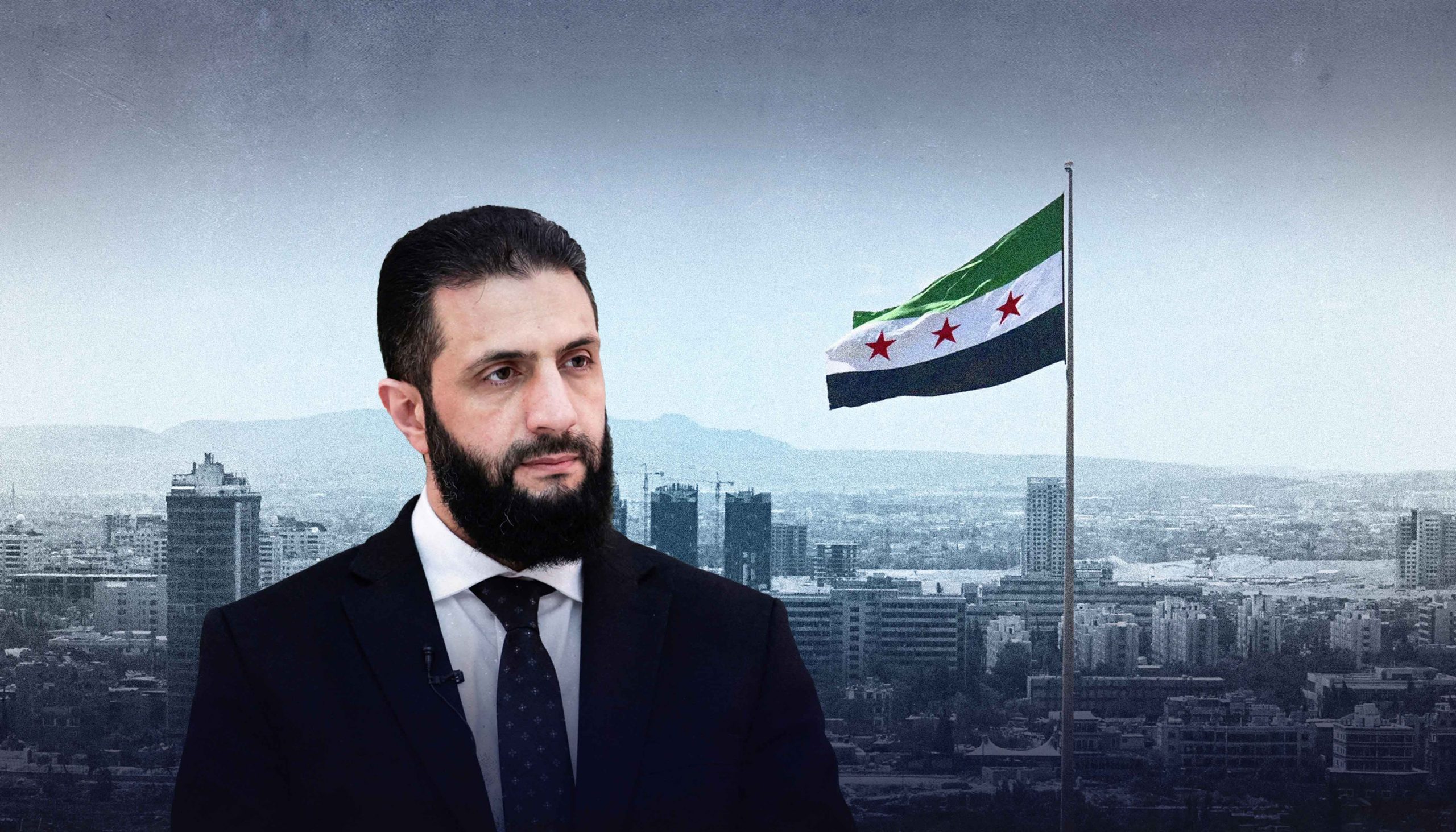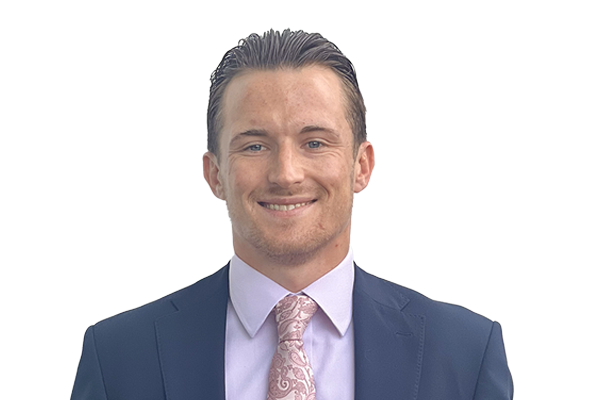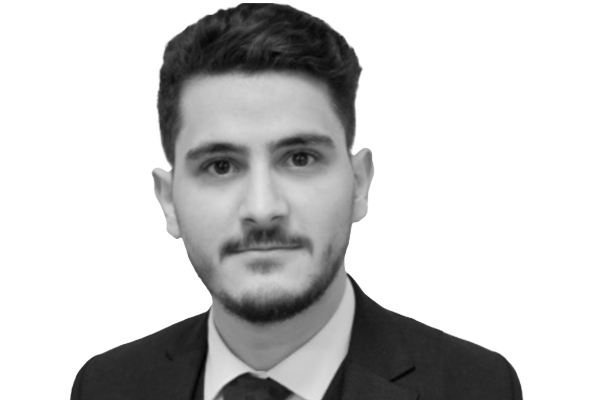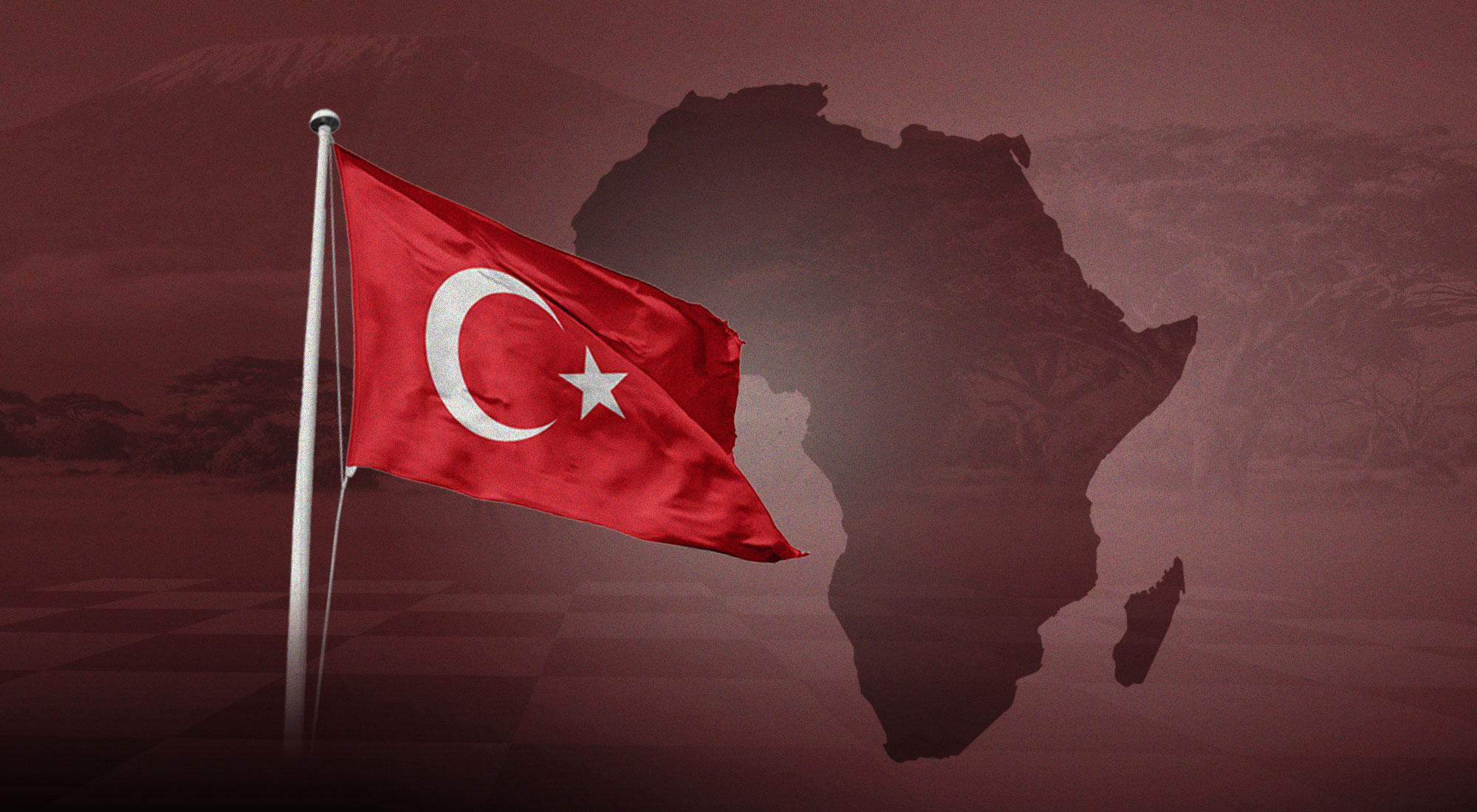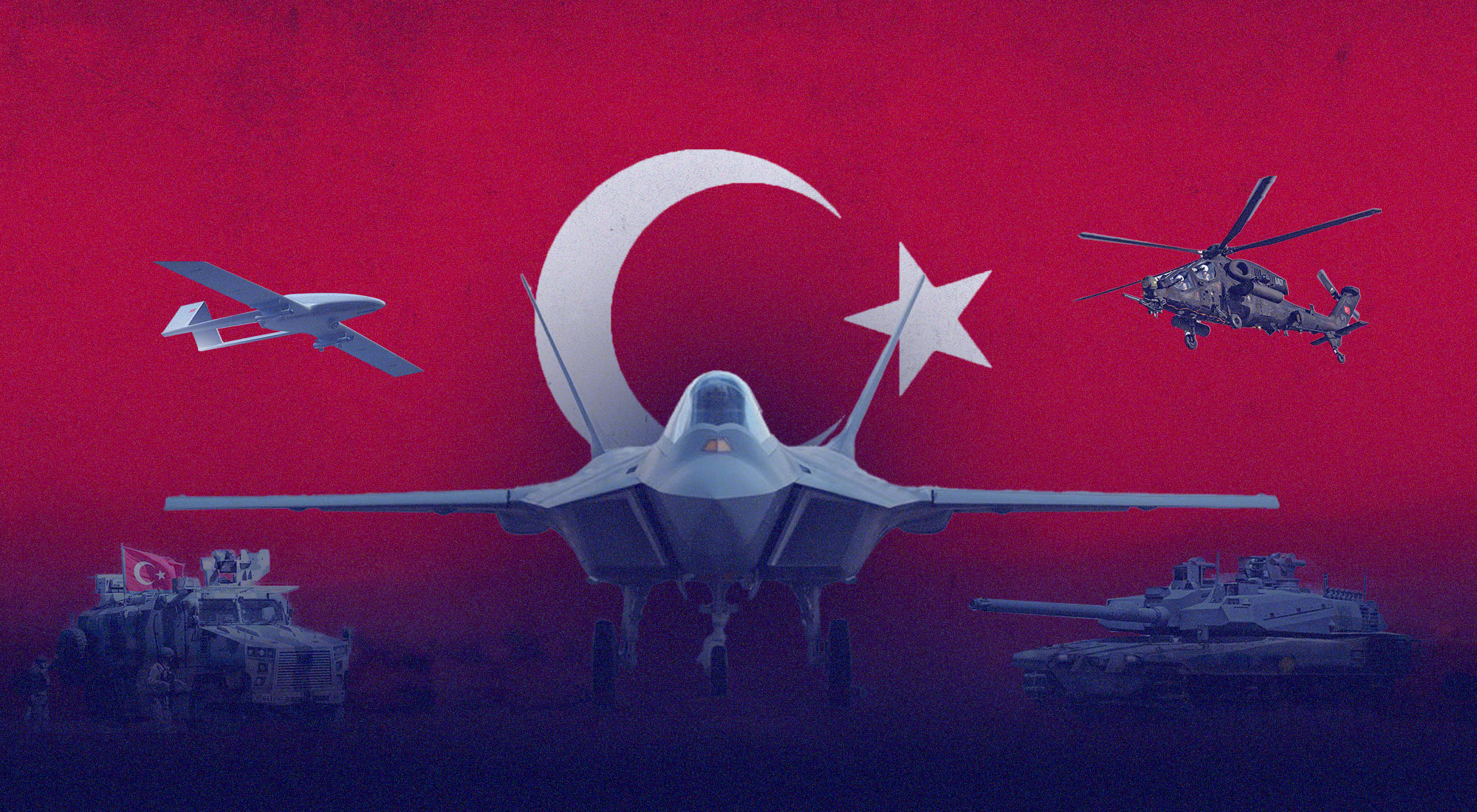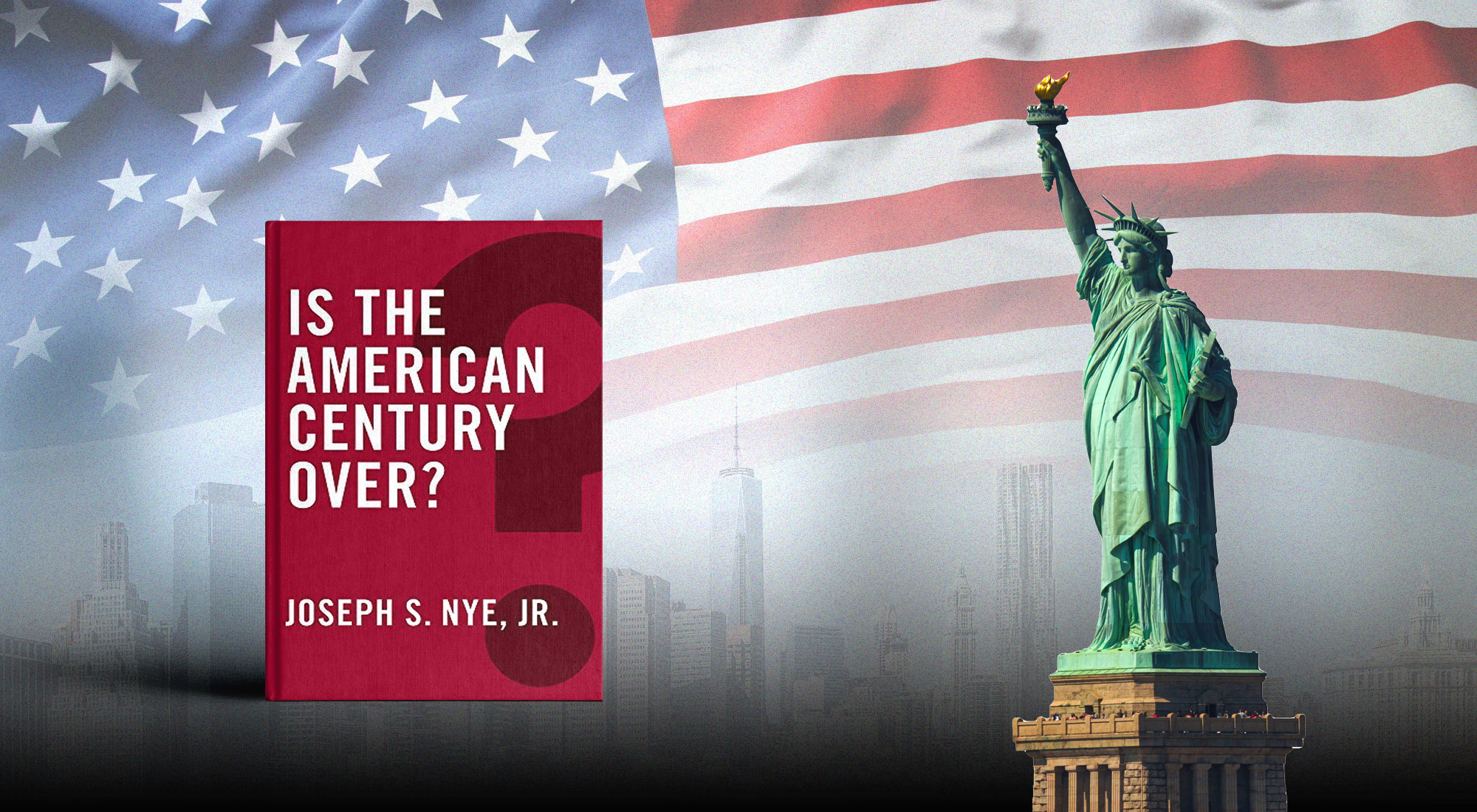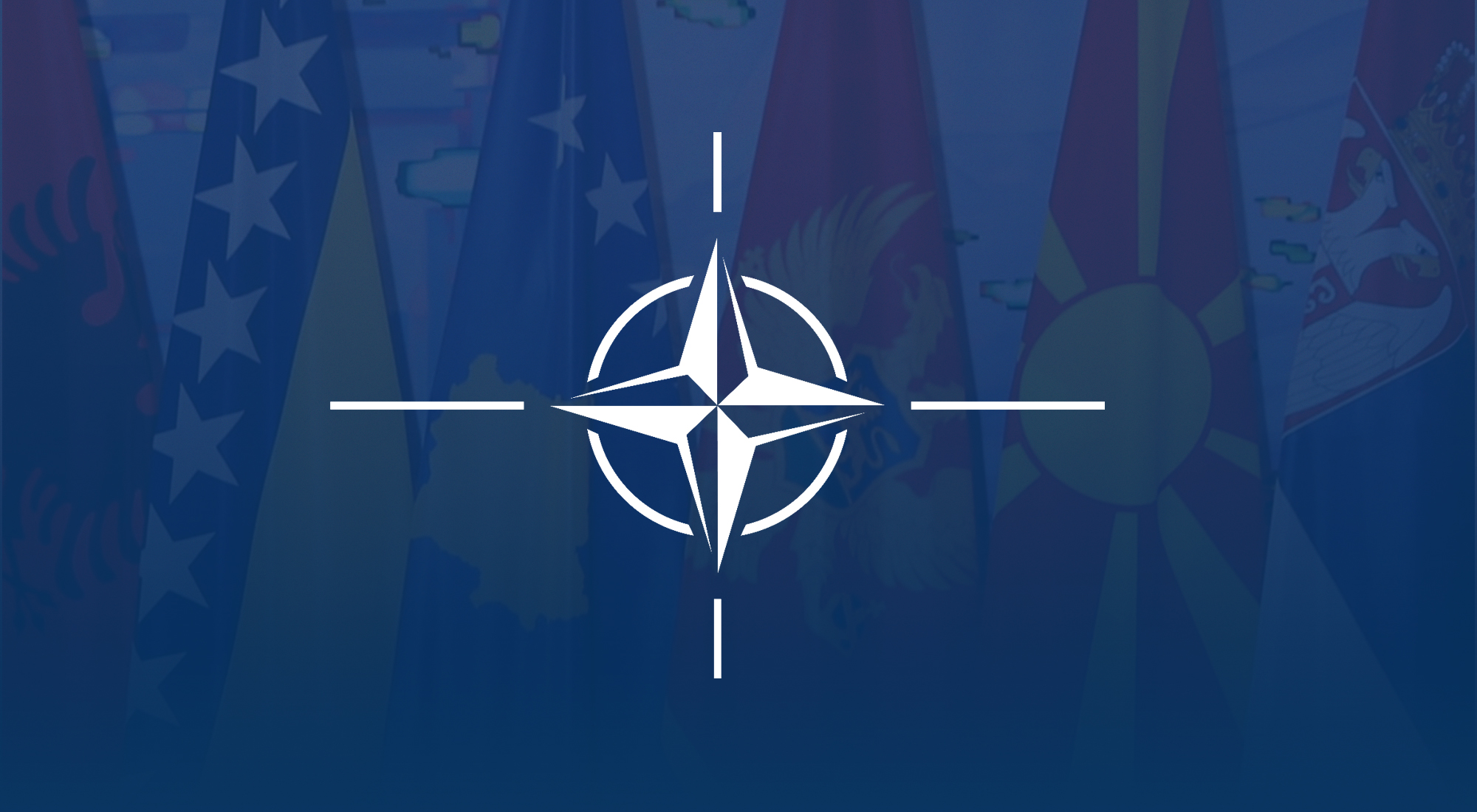(Writing for this piece was completed immediately preceding the outbreak of violence in Sweida on 13 July, however the data or argumentation is in no way affected.)
Introduction
Since the fall of the Assad regime on 8 December 2024, Syria has found itself in a precarious position, struggling to establish a new political order under the leadership of Ahmad al-Sharaa. While al-Sharaa has demonstrated a notable skill in navigating urgent and critical challenges such as crafting a constitutional declaration, forming a transitional government, containing sectarian violence, and obtaining domestic and foreign support, relevant challenges are likely to persist in different forms, posing risks to the transitional process over the next five years.
Domestically, Syria’s new administration is struggling to consolidate power given that approximately one-third of the country remains outside al-Sharaa’s direct control. The effort to centralize the security system has faced considerable obstacles—the new administration has had to carefully balance maintaining its central power while integrating other factions into the new armed forces and executing a large, accelerated recruitment process within the security apparatus. Separately, local tensions have been rising as the new government pursues a policy of attempting to transpose the Idlib governance model to the rest of Syria. Included here is a large-scale restructuring of the administrative divisions and local governance bodies that previously constituted the overall system. This restructuring is bringing new cronyism with it, evident in the awarding of lucrative government contracts to companies linked to the former Syrian Salvation Government—the Hayat Tahrir al-Sham (HTS) administrative wing, which administered Idlib until the fall of the Assad regime.
The economic situation is dire, with inflation on certain key goods still rising and increasing numbers (now more than 90%) of the population falling below the poverty line. Restoring essential services and infrastructure has been a daunting challenge for the new administration due to slow progress on lifting U.S. and UN sanctions as well as foreign and Syrian diaspora wariness regarding investing in the country.
Regional actors view the overthrow of the Assad regime as a strategic opportunity to reshape the regional security framework and balance of power, particularly in light of the diminishing influence of Iran’s “Axis of Resistance”. This has led to an active regional engagement with Damascus. While efforts to advocate for Damascus’ cause in Washington and Brussels have endeavored to build a foundation for Western engagement and have yielded results as President Trump decided to lift U.S. sanctions, the road to securing reconstruction assistance is fraught with significant challenges. Furthermore, while leading regional states are on the same page regarding the importance of engaging with Damascus, some of these capitals are leery of the intentions of the others.
Clearly, despite the opportunity to build a new Syria provided by the fall of Assad, with this opportunity strengthened by the decision of regional powers to support the new administration, immense and urgent challenges remain in the way of this new Syria becoming a sustainably stable, let alone prosperous, one. In order to best understand these challenges and the way forward, it is first necessary to intimately understand what the form of governance emerging in Syria is likely to resemble. That is the focus of the first section of this piece. Here, the nature of the likely soft authoritarianism under al-Sharaa, his political vision and the amount of latitude he has to pursue it, the state of civil society and civic engagement, and the likely level of pluralism and inclusivity are all examined. The authors draw heavily on their multiple respective field trips to Syria since the fall of the Assad regime to produce the findings in this section. Then, in providing a path to sustainable stability, the second and third sections will accordingly argue what is required regarding governance development in order to move Syria to a point whereby the foundations are in place for a legitimate and viable political transition. The imperative role of regional powers in serving this end through the vehicle of a coordinated regional framework on Syria is laid out. As mentioned, argumentation across these two sections is largely a product of the authors’ field trips to the country as well as interview data with practitioners and officials obtained outside of those trips.
Section 1: The Form of Governance System Set to Emerge: Al-Sharaa’s Soft Authoritarianism
The Space for Soft Authoritarianism
There is a clear divide between the aspirations of Syria’s civil society elite—many of whom have lived abroad since the outbreak of the conflict in 2011—and the priorities of the 90% of the population now living below the poverty line. The former holds onto ideals such as political liberalization and government accountability. And while the effusive adulation many of the latter were showing toward President al-Sharaa in the weeks after the overthrow of Assad has dimmed somewhat now that the honeymoon period is over and the crippling poverty is worsening, there is still significant support amongst them for a strongman type of leadership from al-Sharaa, as many believe in the necessity of such a route in order to maintain stability.
At the same time, regional powers are more concerned with stabilizing Syria—a goal that undoubtedly requires a degree of inclusive governance, though not necessarily democratic—hoping to rehabilitate the regional security order in the wake of the decline of Iran’s “Axis of Resistance”. Against this backdrop of domestic exhaustion and regional pragmatism, it becomes increasingly evident that al-Sharaa is likely to be afforded the political space to pursue a form of soft authoritarianism in the coming years.
Al-Sharaa’s Political Vision
Although al-Sharaa has already formed a strong presidency holding extensive power, as seen in the constitutional declaration,[1] his ruling style does not seem to be of an absolute authoritarian, but rather a flexible type of authoritarianism that affords him significant room to maneuver. Such soft authoritarianism enables al-Sharaa to move forward or step back as needed in response to domestic and foreign concerns—without appearing weak, but rather rational and flexible. However, the ruling style(s) are means and instruments that should serve an overall political objective.
Accordingly, what is al-Sharaa’s ultimate political vision for Syria? It does not make sense to analyze his highly pragmatic and rational behavior without looking at his intended endgame and to what extent he is able to bring it to light. His record of transformation throughout the past decade indicates that ideology is not an endgame for him.[2] This means that he is neither concerned with establishing an Islamist rule for the sake of ideology nor democratizing Syria based on a commitment to democratic values and principles. But it seems that he has a vision for nation-state building.
Al-Sharaa does not hide his political vision in discourse or in practice. Foreign Minister Shaibani’s speech in Davos is quite illustrative. Referring to Singapore and Saudi Arabia’s 2030 vision reveals intentions for establishing a political system that complies with political standards regionally—i.e., a liberal economy accompanied by illiberal politics. Moreover, Damascus has reportedly made promise to certain Arab countries that Syria will not become a hub for Arab Islamists, particularly the Muslim Brotherhood, which further demonstrates Syria’s alignment with regional Arab politics.[3]
Nevertheless, al-Sharaa knew from the very beginning that he couldn’t give rise to such a system and manage it solely through HTS, which culminated in him forming a transitional government in March 2025 that included some members from outside HTS’ circle. While this aims at improving foreign perceptions and thus increasing the chances of completing the sanctions lifting process in the short term, it also gives him time to increase HTS’ consolidation across the deep state and to use this expansion to obtain more loyalties. Conversely, it also affords President al-Sharaa the opportunity to begin to form a level of internal balances—something important both for foreign perceptions as well as balancing against overly conservative, exclusivist or Islamist stakeholders in HTS’ circle—by virtue of appointing officials and ministers of different backgrounds and persuasions, thus enabling the space to build toward a somewhat more inclusive system of governance.
While al-Sharaa holds a certain level of moderate and pluralistic governance ideals, many of the other main power brokers within HTS are not moderate in their ideals, and they hold a not insignificant amount of influence over al-Sharaa. This is manifested in al-Sharaa’s refraining from referring to democracy as “democracy”, instead focusing more on elections in and of themselves as well as the concept of Shura (collective decision-making)—the reason for this being that the “rule of the people” is perceived by hardliners as inconsistent with Islam.
Nonetheless, even if hardliners push for imposing a strict Islamist system across the country, they face substantial difficulties achieving it. This is because they would be a relatively weak power attempting to impose what would be a largely undesired system on the national populace, not to mention the moderate power brokers within the new administration. Syria’s major urban centers typically embody cultures that would strongly resist an Islamist system. Furthermore, the formation of the Iftaa council, where a prominent Sufi figure and former critic of HTS, Osama al-Rifai, has been appointed as Grand Mufti, makes the potential for establishing a strict Islamist governance even less likely.
Indeed, the new administration needs an official state ideology to replace the previous socialist pan-Arab nationalism. While pan-Arab nationalism is being replaced by the revolutionary Syrian nationalism, which has turned into the dominant political narrative country-wide, the new administration appears to be aiming to replace the Ba’athist socialist ideology aspect with a mix of neoliberalism and Islamic conservatism. In other words, a hybrid religious nationalism is currently emerging. The more al-Sharaa is able to foster and make such nationalism inclusive, by developing a sense of “Syrian-ness” that embraces different religious and ethnic identities, the more stable the system he is leading will be.
The Justification, and Unavoidability, of Short-Term Soft Authoritarianism
As things stand, such a soft form of authoritarianism is indeed probably necessary for the short term (although it has the clear potential to be pushed too far), as Syria is still highly fragile security-wise and struggling to reunite after a decade of being territorially fragmented. Also, its civic and civil society (political organizations and parties, civil society organizations, a widespread civic culture, etc.) currently is not sufficiently developed (it had no space to develop over the six decades of Ba’athist rule) to provide the foundation for a functional democratization process. This civic and civil society space needs a few years to develop before Syria will be ready for successful elections.
Furthermore, the significant threats facing stability in Syria (whether that regards the ongoing violence, the potential of further violence breaking out between armed factions, communal social and ethnic tensions, or otherwise) are set to give al-Sharaa an ability to justify further centralization of power in the eyes of much of the public over the short-term future. In other words, order can be convincingly argued by Damascus to have no chance to be established in Syria without a soft form of authoritarianism. However, such a ruling style must only be geared as a temporary means to an end and should be designed in a manner that recognizes the need to move beyond such authoritarianism by developing checks and balances in the long term.
Section 2: Achieving Good Governance and the Path to a Viable Political Transition
The current reality in Syria does not make the challenges for achieving good governance an easy task. However, it does open a window of opportunity for certain parts of the international community, if sufficiently coordinated, to constructively engage Damascus in order to ensure the urgent social, economic, and political dynamics discussed below are accounted for and addressed. A successful transition process, and the foundation for a legitimate permanent constitution and elections, relies on as much.
Establishing Rule of Law and Security Sector Reform
Establishing the rule of law in Syria is the primary issue that lends credibility to the new government and is an indispensable condition for paving the way toward viable governance reform and economic development. While the security forces of the Interior Ministry (the General Security Service (GSS), currently the internal security forces) have at times proven to be more disciplined than the armed factions aligned with Damascus—for instance, they played an important role, albeit late, in halting the sectarian violence triggered by organized attacks from Assad loyalists on government forces in Latakia and Tartus—elements of them have at other times seemed to have shown a predilection to act independently outside of orders from the center. The messiness of the GSS response to the Druze-Sunni violence in Jaramana and Ashrafiyat Sahnaya in May, where elements of the GSS joined in, or enabled, the violence against the Druze, shows that unified command and control over these central security forces is something yet to be achieved by the Damascus administration.[4]
This fragmented and haphazard picture highlights the urgency of launching security sector reform, perhaps as a Syrian-led process supported by international programs—an endeavor that will require an extensive and sustained level of technical work. The most urgent imperative is achieving a much greater level of centralized control for the administration over the use of force through achieving disarmament or genuine military integration of armed factions and elements across the country. This will of course rely on Damascus making the necessary governance and power-sharing reforms to provide the communities represented by these factions with the necessary confidence to disarm. Initiating reform of existing security apparatus institutions (police, military, intelligence) to make them more inclusive and accountable can both serve this confidence-building aim as well as the aim of social reconciliation through building trust between different Syrian communities who were previously excluded from or targeted by such institutions. Starting to gradually introduce pluralistic civilian oversight into these institutions will be a highly effective pursuit to these ends.
Nevertheless, establishing the rule of law is not merely about providing security, but also about upholding accountability through a functioning and professional judicial system. The new government has already taken steps to dismantle the politicized courts of the judicial system created under Assad. For example, the constitutional declaration has abolished the exceptional courts, which the regime used to persecute its opponents. Furthermore, the justice ministry dismissed 67 judges, who worked in the terrorism courts during Assad’s rule, after an investigation regarding their roles.[5] However, currently, there is no functional system of courts, and while the Assad-era legal code remains in a nominal sense, in implementation, there is often a lack of clarity over whether this code is actually the one being followed by official circles (the lack of a legislative body, and thus legislation, is exacerbating this).[6] The considerable challenges ahead for judicial reform also include unifying the different judicial structures that operated in different territorial control zones before the fall of Assad.[7] Ensuring the functionality of the judicial system will be just as significant a test for the government as providing security.
Overcoming Syria’s Social Fragmentation
There is considerable, and indeed growing, ill feeling between different parts of Syrian society (there is even ill feeling within many families) across religious, ethnic, political, and socio-economic lines.[8] This ill feeling is a manifestation not only of different groups’ perceptions of where each other stood and aligned during the civil war and Assad era more broadly, but also where they stand in the new, emerging system—the “haves”, the “have-nots”, and the downright threatened. Malign cells, including Assad loyalists and ISIS, have attempted to exploit this division by launching attacks to trigger sectarian violence and undermine the transitional process. While countering Assad loyalists and ISIS is critical, addressing the deep social divisions in Syria is the root cause that must be focused on to see sustainable change.[9]
A symbolic level of political representation or even an inclusive transitional government is not enough to solve the social fragmentation of Syrian society. Thus, there is no escape from addressing the distrust among different segments of Syrian society on social and economic levels—the latter of which pertains to dynamics like the differing levels of economic opportunity afforded under the Assad regime according to sect. While the new administration has been reaching out to different communities across Syria, these communities have largely not been reaching out to each other. Accordingly, laying the ground for social reconciliation will require a multi-layered dialogue among different Syrian communities[10]—a project(s) INGOs should prioritize in cooperation with local NGOs.[11]
Accordingly, it is first necessary to achieve a base level of economic security for all Syrians so people feel less vulnerable and prone to viewing other communities as threats.[12] The Alawis (and indeed many Shia) are particularly key here, as the disenfranchisement and disquiet many of them now feel as a result of their economic prospects (as well as status and influence) having been attached to the Assad regime will be a tinderbox fueling sectarian resentment[13] that poses a risk of the formation of an ethnic insurgency/ies. Regarding the Alawis, INGOs should prioritize social reconciliation programs in partnership with local NGOs. The primary objective should be to foster inter-community dialogue and cohesion, with particular focus on facilitating the reintegration of the Alawite community into broader Syrian society.[14]
Institutionalizing Civil Society and Rejuvenating the Private Sector
Similarly, this 5-year pre-election transitional period needs to see much effort being given to institutionalize civil society. This institutionalization effort should be bottom-up and have a country-wide, as opposed to Damascus-centered, focus to give the best chance for Syria to be in a position for a stable democratic system. This civil society development could also provide the foundation necessary for a national debate on the constitution. Here, the leadership of an organized civil society space on social reconciliation through conducting national and local dialogues should help reduce the current sectarian polarization, creating an environment conducive to engaging a broader audience in the constitutional drafting process through working groups, perhaps established by the incoming parliament to be formed. This will, in turn, compensate for the rushed and insufficient national dialogue process concluded in February.
The international community (combined with the Syrian diaspora) has a key knowledge partner role to play in assisting with this institutionalization, as the nature of the six-decade-long Ba’ath system prevented Syrians from acquiring experience in building and sustaining political organizations.[15] Furthermore, material support for these bottom-up efforts can come from the pre-existing tools such as the internationally funded Syria Recovery Trust Fund (SRTF). The international community, whether through state development bodies or INGOs, could also coordinate with these bottom-up groups to help improve their sustainability. This bottom-up approach, with its anti-ideological, pragmatic, local-needs focus, would also be the most effective way to prevent the hardliners from steering the system toward a strict Islamist one, protect the civic space, and contribute to the local efforts of peacebuilding.[16]
The importance of institutionalizing the civil society space as soon as possible also lies in its ability to provide a necessary counterbalance to the current socio-economic dominance the various armed factions (who are typically also business actors) are building in their respective locales.[17] Similarly, re-energizing the Syrian private sector will also be a necessary check and balance to the armed factions and indeed the central authority[18]—not that the latter is looking at the private sector as a threat.
Aside from being a check and balance, the central authority will, in fact, need the civil society organizations to alleviate the burden of service provision in the short and medium terms and the private sector to revive the broken economy.[19] This is aside from the fact that balancing the economic influence of armed factions will be in the interest of Damascus as it seeks to reorganize the factions and build a centralized security sector. This private sector imperative is further evidence of the necessity for completing the sanctions wind-backs: private sector development is a key part of the puzzle in enabling the sort of balanced governance system with a stable security sector that sanctions have, ostensibly, aimed to pressure into existence.
Institutionalizing the civil society space as soon as possible will also provide the foundation to embark on a legitimate transitional justice process. Without an organized and comprehensive involvement of Syrian civil society in such a process, its outcomes may well be contested, and the social divisions and tensions that caused events like those seen against the Alawites in the coastal regions will likely persist. In turn, the implementation of such a legitimate transitional justice process could be the opening to pursue comprehensive, viable and sustainable security sector reform. This is because the focus of transitional justice processes on fostering the rule of law instead of a norm of vengeance, as well as reforming corrupted institutions that spawned atrocities and the relationship between those institutions and the people, is a key foundation for the security sector reform Syria requires.[20]
Section 3: The Way Forward for a Strategic Engagement with Syria
Regional Leadership of a Coordinated International Framework: The New Friends of Syria Group
While supporting Syrian sovereignty is crucial for the long-term stability of the country, the immensity of the challenges Syria is facing means international involvement is inevitable. A coordinated international framework (using the Aqaba Declaration states plus the U.S., EU, and Türkiye as a foundation) must be established. Such a framework could be titled the New Friends of Syria Group, building on the name of the framework that was established in 2012 to support the Syrian opposition against Assad at the time (this prior framework included eleven Western and regional countries).
The imperative objectives of such a framework are threefold. Firstly, enable the provision of appropriate foreign support and incentives directed at spurring the sort of institutional and governance development that would best consolidate a viable and inclusive Syrian-led political process. Secondly, to provide a clear and effective mechanism through which relevant regional and international actors interested or invested in Syria’s future can coordinate with each other and work with the Syrian administration to shape a sustainable Syrian future for all. And thirdly, to bridge divides between these foreign actors, addressing areas of competition in their respective approaches and objectives that could cause destabilizing fragmentation or competition.
The Aqaba Declaration in December 2024 and subsequent diplomatic momentum with Damascus in the form of various bilateral heads-of-state meetings, as well as bilateral and multilateral memorandums show that its members share a common interest in preventing the collapse of this nascent system in Syria. Ensuring the continuity of this level of alignment is not an easy task though, as shifting priorities may lead to competition even after an unprecedented regional cooperation among former rivals. Therefore, efforts are required to build a collective understanding, with strategic objectives, among the international stakeholders of the policy risks and imperatives in the Syrian transition in order to lay the groundwork for the establishment of a cohesive collective regional engagement mechanism.
The necessity of regional leadership stems from several key factors. Firstly, Damascus appears to favor a limited, largely ceremonial role for the UN special envoy, with the Syrian government reportedly sidelining the key UN political engagement bodies.[21] Secondly, Syria’s Foreign Minister, Assad al-Sheibani, has reportedly signaled openness to engagement with an external entity regarding Syria’s transitional process, under the condition that such an entity is Arab-led.[22] This would indeed build on pre-existing diplomatic momentum and trends in foreign material assistance, including Minister Sheibani’s open endorsement of Saudi Arabia’s Vision 2030 and Syria’s concrete participation in several regional initiatives: the multilateral counter-ISIS effort (involving Türkiye, Jordan, Iraq, Lebanon, and Syria); the joint Saudi-Qatari initiative to financially support Syria’s public sector; and the GCC’s dialogue to establish a “strategic partnership” with Syria. Thirdly, regional leaders, particularly Riyadh, Ankara and Doha, have emerged as the key lobbyists for Damascus’ cause in Washington and Brussels, which has laid the groundwork for Western engagement, including the easing of sanctions, and seems to form a foundation for further progress.[23] Such a regional framework would take into account that the transitional process is Syria-led, ensuring a balance between preserving Syria’s sovereignty and enabling constructive international engagement, as opposed to interventionist models that have failed before in the region.
Taken together, these points highlight the need and opportunity for the abovementioned coordinated framework. Such a framework could both take advantage of the potential opportunity for constructive foreign involvement in Syria’s political transition. And it could also establish the necessary coordinated approach that will enable the necessary foreign actors to be involved and for the hurdles that threaten their continued engagement to be smoothed over.
Such an institutionalized framework (built on a shared vision and collective understanding and plan) and its dynamic operation are also key to ensuring regional states don’t lose faith in the importance of achieving the desired change to the nascent system in Syria by continuing to work with, as opposed to against, that system. It will also be crucial to ensuring an effective means by which regional states can work out any differences regarding Syria together, as opposed to deciding to pursue their own individual, perhaps conflicting, agendas.
This framework is also crucial for maintaining coordination between Western powers and regional states—including Türkiye, the Gulf states, Jordan, and Iraq—at a time when Iran may still play a destabilizing role in the Levant. Overcoming this risk is essential for the benefit of all parties involved and for the stability of the war-torn Syria.
Conclusion: Grasping the Opportunity and Moving Forward
Syria stands at a critical juncture in its governance trajectory, balancing between the pragmatic realities of post-conflict stabilization and the imperative for a more inclusive and accountable political system over the medium to long term. The emerging soft authoritarian model under al-Sharaa’s leadership reflects both the exhaustion of the Syrian populace and the regional powers’ prioritization of stability.
However, this model, while understandable for the short term, must be conceived of only as a transitional phase rather than an end state. Putting aside economic stability exigencies, which are largely foreign-derived issues by virtue of sanctions, urgent social reconciliation and socio-economic reintegration challenges all pose grave and imminent threats to stability in Syria, and there are as of yet limited governance solutions being provided by Damascus to address these. As was introduced above, civil society-led social reconciliation dialogue/s would be indispensable here for laying the groundwork for a national debate on the constitution, complementing the process of transitional justice, and normalizing an open political life after decades of absence under Assad’s dictatorship.
The key governance-related imperatives discussed in the penultimate section were, firstly, overcoming Syria’s social fragmentation, secondly, institutionalizing civil society, and rejuvenating the private sector, paving the way for a transitional justice process and a security sector reform trajectory.
Nonetheless, regional leadership is essential to fill the void stemming from the limited capacity of Damascus at all levels and Syria’s subsequent urgent need for foreign assistance. Collective understanding by these key regional states on such exigencies in Syria is thus critical, and such an understanding is unlikely to be built in the absence of such a coordinated regional framework amongst these key states regarding engaging transitional Syria. Aside from being the best hope of constructively engaging Damascus to work toward a more sustainable transition, this regional coordination mechanism could provide collective bargaining power to convince Washington to fully and expeditiously follow through on its sanctions-cessation pledge as well as push Israel to reverse its expanding military occupation and societal destabilization efforts in Syria’s southwest. Moreover, such a framework would ensure that Iranian and Russian destabilization efforts have less space to take root.
The way forward may be clear, but it is difficult. Regional leaders, as well as Washington and Brussels, need to continue building on the nascent momentum for an aligned approach and recognize that such an approach is the cornerstone for beginning to address many of the domestic and international maladies holding Syria back.
[1] Constitutional Declaration of the Syrian Arab Republic, 13 March 2025, https://constitutionnet.org/vl/item/constitutional-declaration-syria-2025.
[2] Fadil Hanci, “Change in Strategic Culture of Violent Non-State Actors: The Case of HTS in Syria,” Master’s thesis, Marmara Universitesi (Turkey), 2024.
[3] “The Syrian government’s relationship with many Arab countries did not improve until it received clear and decisive messages from them regarding the issue of the Muslim Brotherhood, with Turkish mediation and assurances”. For more, see Mohammad Abu Rumman, “The Brotherhood and Al-Sharaa: “tactical calm” and a postponed clash,” al-Arabi al-Jadid, May 25, 2025.
[4] “BRIEF: The Jaramana & Ashrafiyat Sahnaya crisis,” Etana Syria, May 4, 2025. https://etanasyria.org/brief-the-jaramana-ashrafiyat-sahnaya-crisis/.
[5] “Al-Sharaa Dismisses 67 Judges Linked to Assad-Era Terrorism Court,” 963 media, June 14, 2025, https://963media.com/en/14/06/2025/al-sharaa-dismisses-67-judges-linked-to-assad-era-terrorism-court/.
[6] Author (Nicholas Lyall) interview with Amer Khalil, Syrian lawyer: June 6, 2025 in Damascus; Author (Nicholas Lyall) interview with an ex-municipal administrator of a Damascus region: June 7, 2025 in Damascus; Author (Nicholas Lyall) interview with a Syrian entrepreneur and local think tank member: June 3, 2025 in Damascus.
[7] For instance, integrating the judicial system in northeast Syria will be highly challenging. For details, see Sasha El Alu, Shadi Abo Fajer and Fadil Hanci, “The Autonomous Administration: A Judicial Approach to Understanding the Model and Experience,” Omran Centre for Strategic Studies, March 4, 2022, https://omranstudies.org/index.php/publications/books/the-autonomous-administration-a-judicial-approach-to-understanding-the-model-and-experience.html.
[8] Author (Nicholas Lyall) interview with a Syrian director of a policy consulting firm: June 5, 2025 in Damascus; Author (Nicholas Lyall) interview with Amer Khalil, Syrian lawyer: June 6, 2025 in Damascus; Author (Nicholas Lyall) interview with Shadi Haroun, Damascus office of the International Center for Transitional Justice: June 5, 2025 in Damascus; Author (Nicholas Lyall) interview with Mohanad al-Ani: January 2, 2025 in Damascus; Author (Nicholas Lyall) interview with Malik al-Abdeh: January 3, 2025 in Damascus.
[9] Author (Nicholas Lyall) interview with Shadi Haroun, Damascus office of the International Center for Transitional Justice: June 5, 2025 in Damascus; Author (Nicholas Lyall) interview with Amer Khalil, Syrian lawyer: June 6, 2025 in Damascus.
[10] Author (Fadil Hanci) informal conversations with local Syrian civil society activists between January and April 2025.
[11] Local Syrian civil society activists have already started to launch such projects. INGOs should prioritize supporting these local efforts for social reconciliation. Ibid.
[12] Author (Nicholas Lyall) interview with a Syrian director of a policy consulting firm: June 5, 2025 in Damascus.
[13] Author (Nicholas Lyall) interview with Mohanad al-Ani: January 2, 2025 in Damascus; Author (Nicholas Lyall) interview with Malik al-Abdeh: January 3, 2025 in Damascus.
[14] Author (Fadil Hanci) informal conversations with local Syrian civil society activists between January and April 2025.
[15] Author (Nicholas Lyall) interview with Malik al-Abdeh: January 3, 2025 in Damascus.
[16] Ibid.
[17] Ibid.
[18] Author (Nicholas Lyall) interview with Anas Joudeh: January 1, 2025 in Damascus.
[19] Author (Nicholas Lyall) interview with Malik al-Abdeh: January 3, 2025 in Damascus.
[20] Transitional justice has been a key source of resentment among Syrians, particularly due to the slow progress in initiating the process. Authors’ observations.
[21] Author (Nicholas Lyall) interview with an informed member of a relevant UN body: May 18, 2025 online.
[22] Ibid.
[23] Fadil Hanci, “Syria’s Foreign Relations: How Regional Calculations Played in Damascus’s Favour” in A New Syria, The Jordanian Politics and Society Magazine, June 2025, https://politicsociety.org/wp-content/uploads/2025/07/JPS-3-2025-1.pdf.



